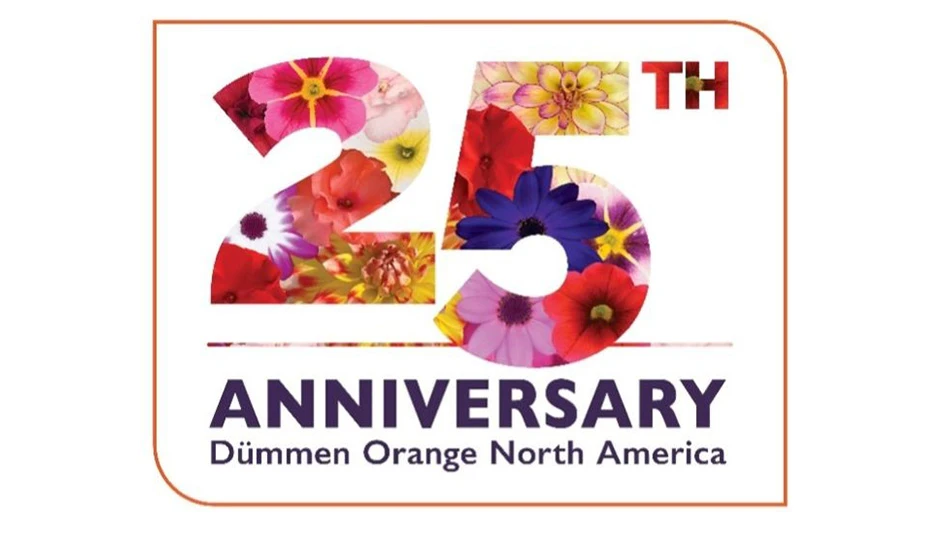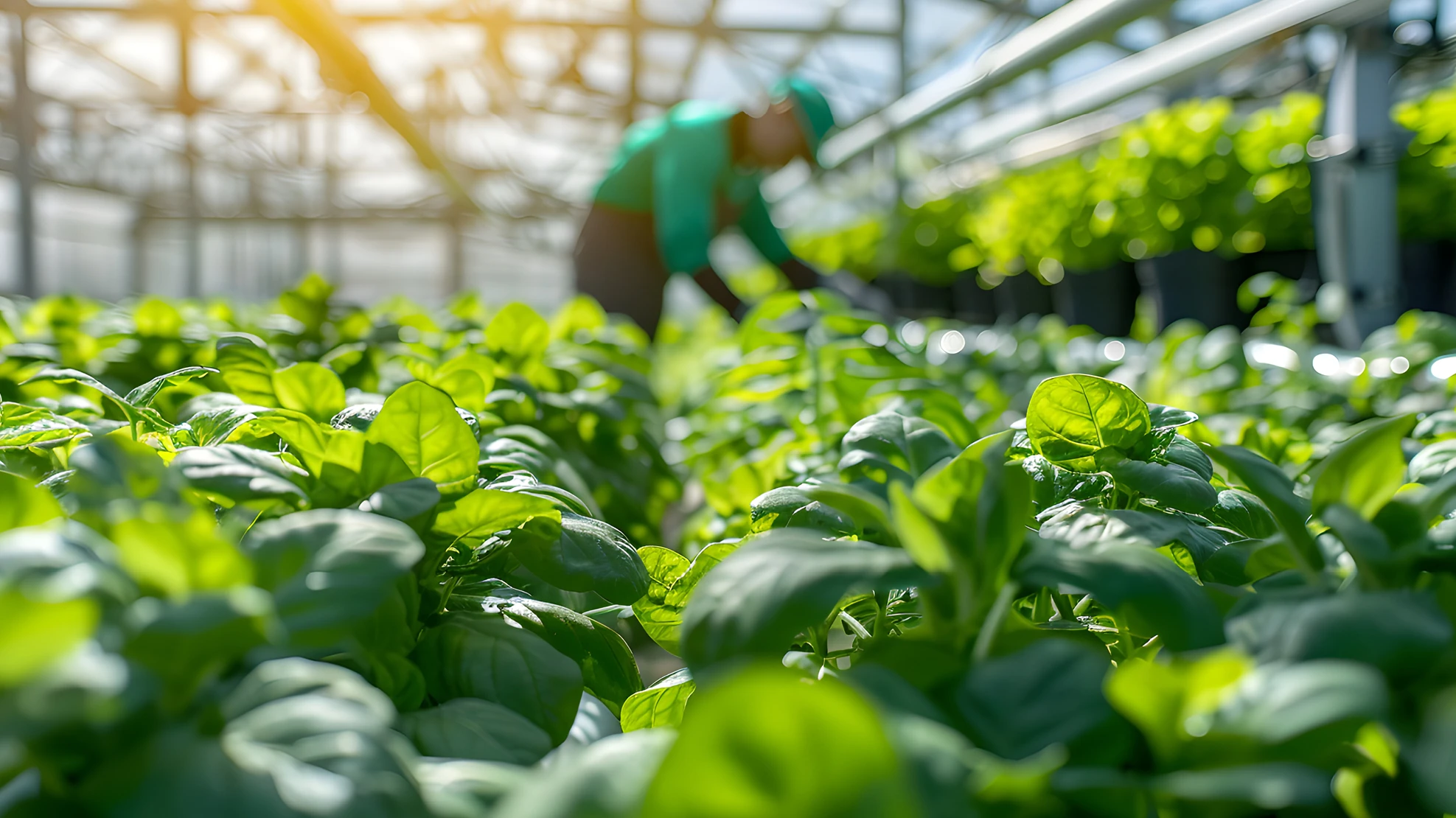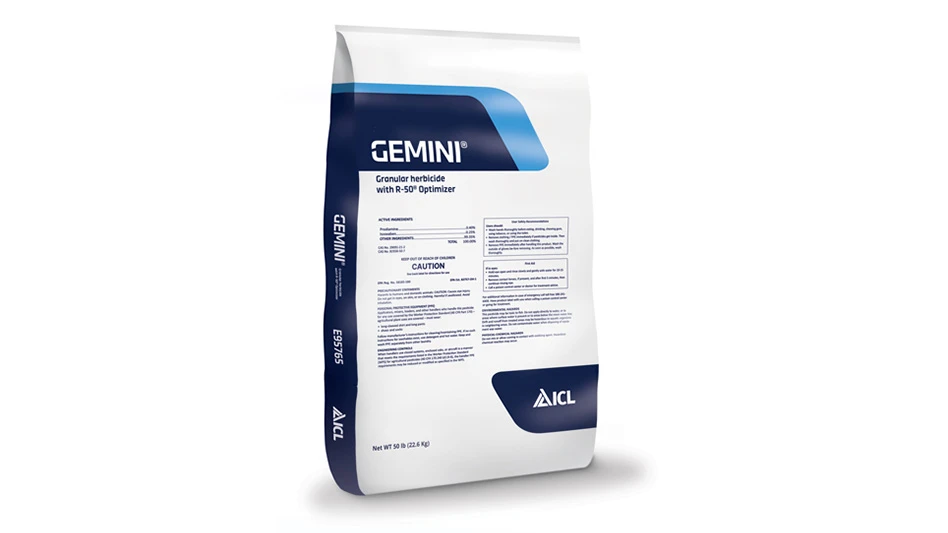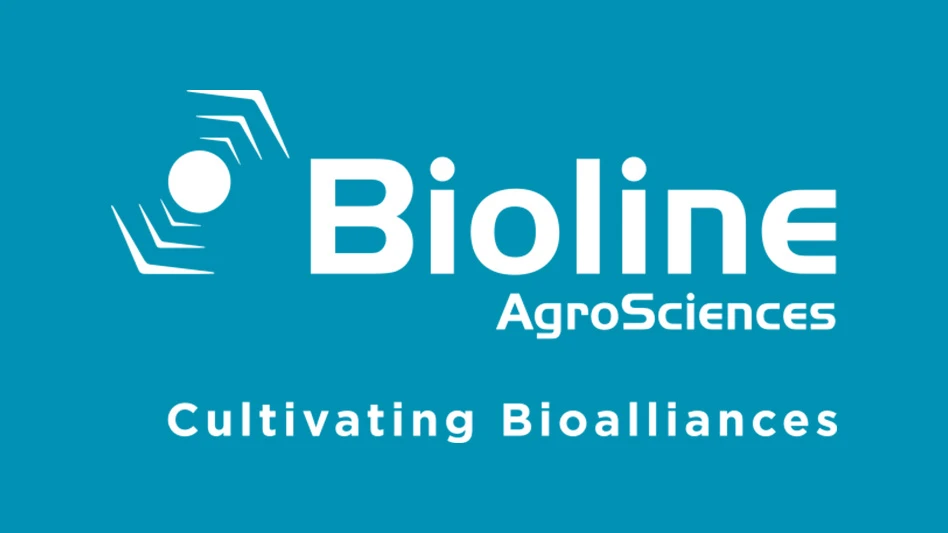
Monitoring your crop at its beginning stages is the foundation to a healthy finished product.
“Many of the potted flowering plants that are either holiday-associated or greenhouse-grown for florists and retailers are ones that have to get off fast and with a good set of roots. These plants have to hit the market on time. In this early stage of production, if you don’t [care for] roots, you don’t have that full canopy plant to sell,” says Dr. Kathie Kalmowitz, Technical Specialist, Turf & Ornamentals for BASF. “If your transplant, plug or rooted cutting has not gotten off to a good start, then most likely, you may have a disease present.”
Four of the major diseases that affect plants in early production include Fusarium, Pythium, Rhizoctonia and Phytophthora species, according to Kalmowitz.
However, identifying exactly which disease is affecting your crop can get tricky. “All of these diseases’ symptomology can be very similar, especially for young, herbaceous plant material,” she says.
Signs to watch out for include:
- A brown or brownish-tan root color
- A blackened root color
- Browning in the crown of the plant up into lower-stem area, which is exclusively a Fusarium symptom
- Loose roots – meaning, you can pick up the cell and soil falls off because the root structure is weak
If you see any of these symptoms, Kalmowitz recommends getting a culture test because, chances are, there may be a combination of more than one disease working together to damage your plants’ root systems.
Growers should read the label of the product(s) chosen for root disease protection. Some products may state can be used for curative control of root rot caused by Pythium spp. or one of the fungi; however many products, such as BASF’s Empress® Intrinsic® brand fungicide, state best used when a preventative application is made.
Kalmowitz also notes that Pythium, in particular, is a disease caused by an oomycete pathogen, which is not controlled by all classes of chemistries that may have activity on the fungi. Therefore, when making a first application – it has become more of a standard practice to use a chemistry that has Pythium activity, such as Empress® Intrinsic® brand fungicide (Group 11), which will also control Fusarium, Rhizoctonia and Phytophthora species.
To prevent resistance, it would also be beneficial to rotate with another company’s product that is recommended by one of the university specialists for Pythium such as Segway O (Group 21) or Terrazole (Group 14), Kalmowitz says. Then, “If we had to have a third application, I would rotate back to Empress to protect the plants and preparing them for transplanting,” she adds.
For root pathogens, applying chemical products as a drench is best for control, you want to get your product entirely into the soil media for that protection. However, Kalmowitz says, “For many years, very little product rotation has been made for Pythium particularly, therefore resistance to Pythium has been seen throughout the industry. Depending on and using the same chemistry exclusively in your control program for this disease is not a good practice.”
Below is list of some of the plants susceptible to these pathogens, all part of the types of trials performed when developing Empress Intrinsic brand fungicide for root and crown rot diseases:
| Pythium | Pythium aphanidermatum | Chrysanthemum |
| Pythium | Pythium aphanidermatum | Poinsettia |
| Pythium | Pythium aphanidermatum | Snapdragons |
| Pythium | P. irregulare | Celosia |
| Pythium | Pythium myriotylum | Euphorbia |
| Rhizoctonia | Rhizoctonia solani | Vinca minor |
| Rhizoctonia | Rhizoctonia solani | Snapdragons |
| Rhizoctonia | Rhizoctonia solani | Impatiens |
| Fusarium | Fusarium spp. | Tuberous begonia |
| Fusarium | Fusarium solani | Shasta Daisy |
| Fusarium | Fusarium solani | Dianthus |
| Fusarium | Fusarium oxysporum | Lisianthus |
| Phytophthora | P. nicotianae | Catharanthus (Madagascar periwinkle) |
| Phytophthora | P. nicotianae | Snapdragons, Petunia |
| Phytophthora | P. nicotianae | Spathiphyllum |
| Phytophthora | P. cinnamomi | Azalea |
| Pythium | P. aphanidermatum | Snapdragons |
For more tips about disease prevention and BASF products, visit betterplants.basf.us
Always read and follow label directions.
Empress and Intrinsic are registered trademarks of BASF Corporation. Segway is a registered trademark of Ishihara Sangyo Kaisha, Ltd., and Terrazole is a registered trademark of Chemtura Corporation.
Latest from Greenhouse Management
- Super Charged Moon Juice from Moon Valley Nurseries now available nationally
- 2025 Proven Winners Horticulture Scholarship applications now open
- How to improve inventory and shipping management in the greenhouse
- Leading Women of Horticulture: Anna Ball, Ball Hort, and Terri McEnaney, Bailey Nurseries
- GM CEA HERB Part 2: A guide to increasing the sowing density of culinary herbs
- GM CEA HERB Part 1: Best practices for producing culinary herbs in controlled environments
- USDA fires experts on invasive pests, including Asian citrus psyllid, chilli thrips
- CEA Alliance celebrates bipartisan introduction of Supporting Innovation in Agriculture Act





